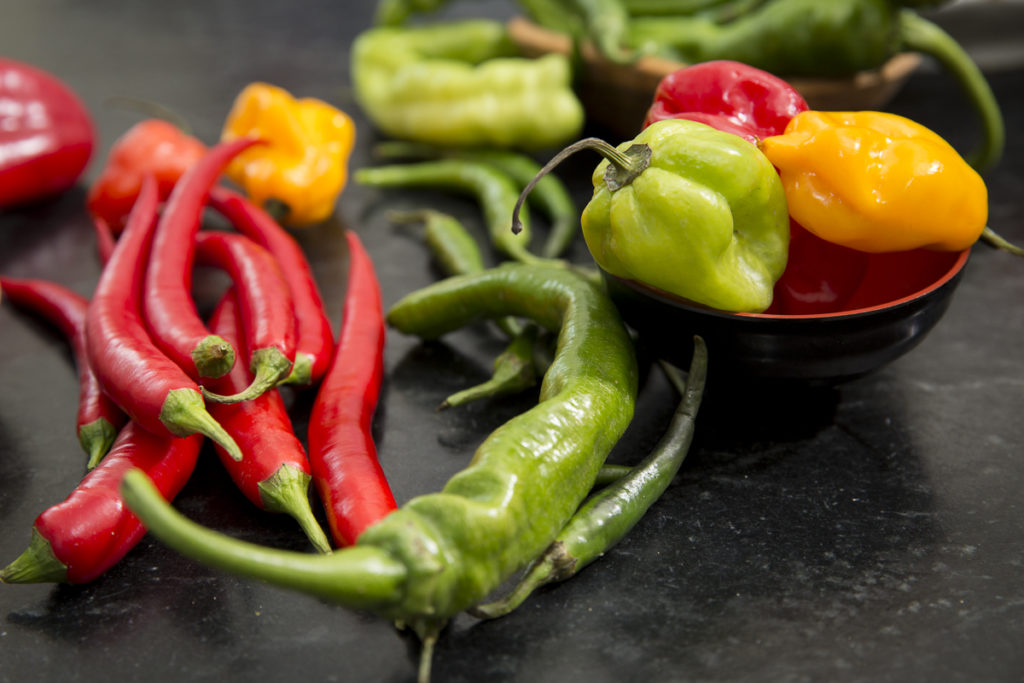Many aspects of the chile are extremely confusing, from its historical misnomer (pepper) to the nomenclature of its many varieties, which even horticulturalists have difficulty sorting out. So it is probably not surprising that the spelling for the word itself is somewhat problematic. Is it chili, chilli or chile? You are likely to come across all of those spellings if you are reading up on the topic.
According to horticulturist and capsicum expert Paul Bosland, the name is derived from the word chil, which comes from the Aztec dialect and refers to plants from the Capsicum genus. The “e” ending is the correct Spanish spelling. English linguists (who probably didn’t know any better) changed it to an “i.”
Although most people associate the word chile with hot peppers, in fact the word refers to capsicums in general, whether they are spicy or not. The word chili refers to the dish, as in chili con carne.



